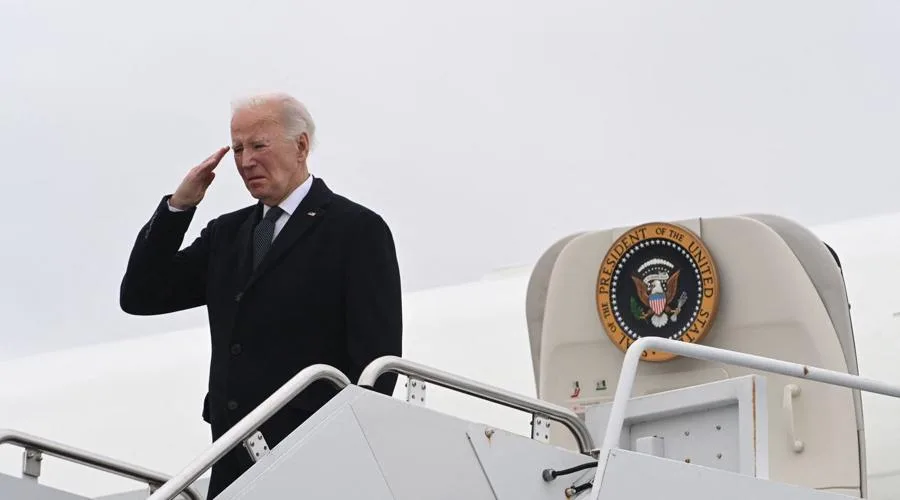In a measured response to the recent attack on US military personnel in the Middle East, the Biden administration conducted airstrikes on over 80 targets in Iraq and Syria. While the strikes were intended to send a strong message, they were limited in scope and duration, indicating a calculated approach to avoid further escalation.
The US Central Command deployed heavy bombers to hit multiple locations, causing damage that is yet to be fully assessed. However, it is clear that the Pentagon deliberately chose not to unleash its full military might, opting for a short and sharp response. This decision was driven by the need to demonstrate resolve while minimizing the risk of a retaliatory strike that could lead to a wider conflict.
The Biden administration struggled to strike a balance between showing strength and ensuring the opponent could absorb the blow without triggering further aggression. By telegraphing its response in advance, the US aimed to reduce the risk of misunderstanding and enable the targeted militias to relocate, potentially minimizing casualties. Additionally, this approach aimed to prevent the strikes from being mistaken as the work of Israel, which could have sparked a dangerous cycle of retaliation.
The current volatile situation in the Middle East limited the options available to President Biden. Unlike when his predecessor ordered the killing of Iran’s top military figure, Qasem Soleimani, in 2020, the region is now on the brink of a potential conflagration. The risk of unintended consequences and a spiral of escalation is higher than ever, making a cautious approach imperative.
Despite simmering tensions between the US, its allies, and Iran’s proxies, a wider war remains unlikely. Both Iran and the United States have reasons to avoid open conflict. The Biden administration is focused on domestic priorities, upcoming elections, and stabilizing its Israel policy, while Iran’s economy is fragile, and it seeks regional influence and nuclear capabilities.
The looming nuclear crisis is a significant factor that may be deterring confrontation between Tehran and Washington. Iran’s recent increase in uranium enrichment to over 83% raises concerns about its nuclear ambitions. While there are indications that enrichment has slowed in recent weeks, the threat of nuclear proliferation persists. Both sides seem content to avoid a broader conflict for now, with the US prioritizing other issues and Iran focusing on internal matters.
Critics may argue that the Biden administration should have adopted a more forceful approach akin to Trump’s actions in 2020. However, the belief that might is the only measure of strength is flawed. The US can inflict significant damage at any time and in any location. President Biden’s decision to avoid further loss of American lives in a wider conflict should not be seen as a weakness but as a recognition of the importance of measured and strategic use of power.
In conclusion, the US airstrikes on Iran-backed militias were a calculated response to the escalating tensions in the Middle East. The Biden administration aimed to demonstrate resolve while minimizing the risk of further escalation. The decision to conduct limited strikes was driven by the need to avoid a wider conflict and the recognition that power lies in measured use. As the region remains on edge, the focus shifts to preventing a nuclear crisis and finding diplomatic solutions to the underlying issues.
Map of the locations hit in US strikes on Iran-backed militias in Iraq and Syria. Link to two verified clips of the aftermath of strikes at two sites. 2/3 https://t.co/lOHznRDTMd pic.twitter.com/ZZB19Hf6RP
— AnObserver (@WatchingEurasia) February 3, 2024

